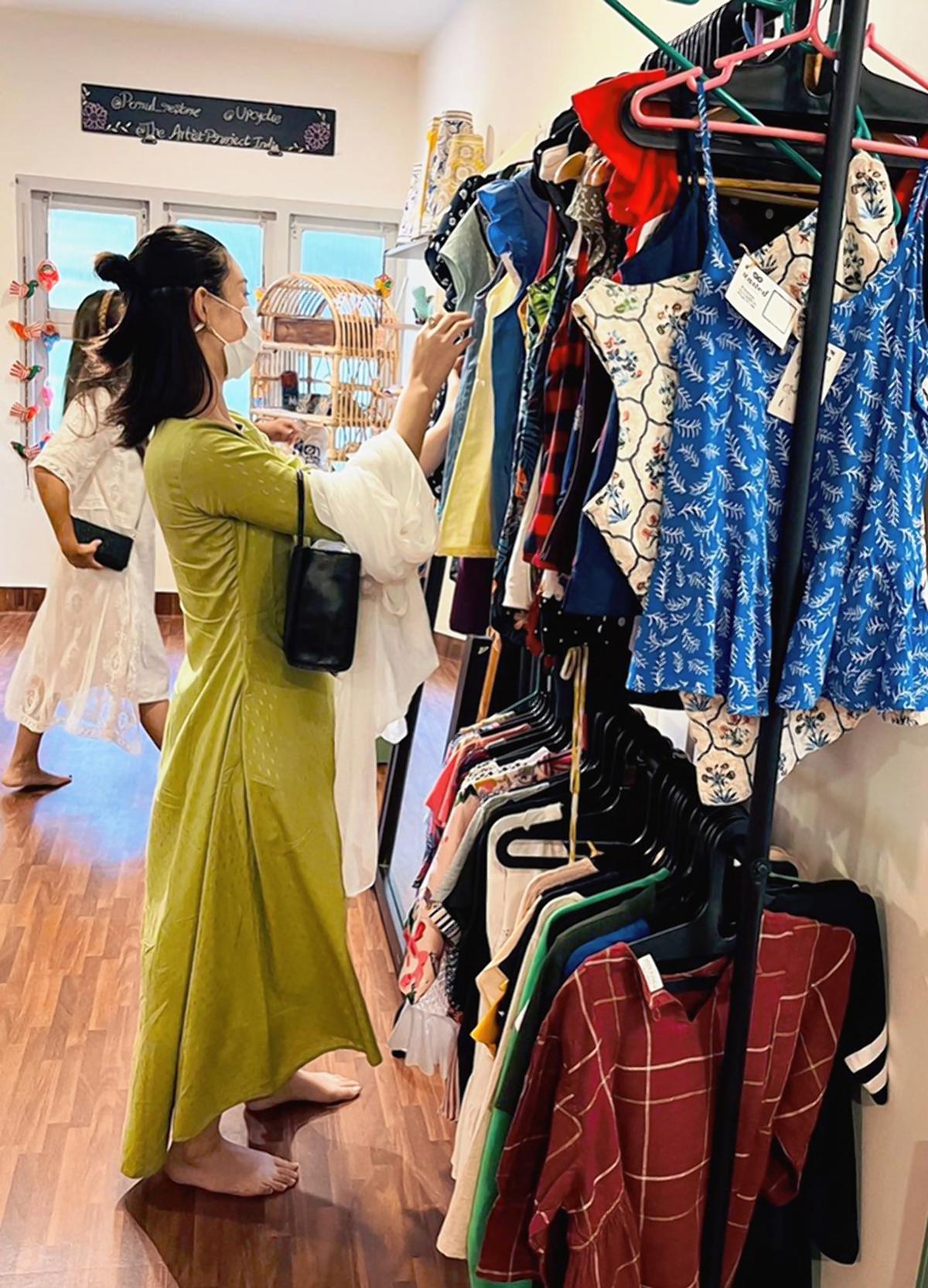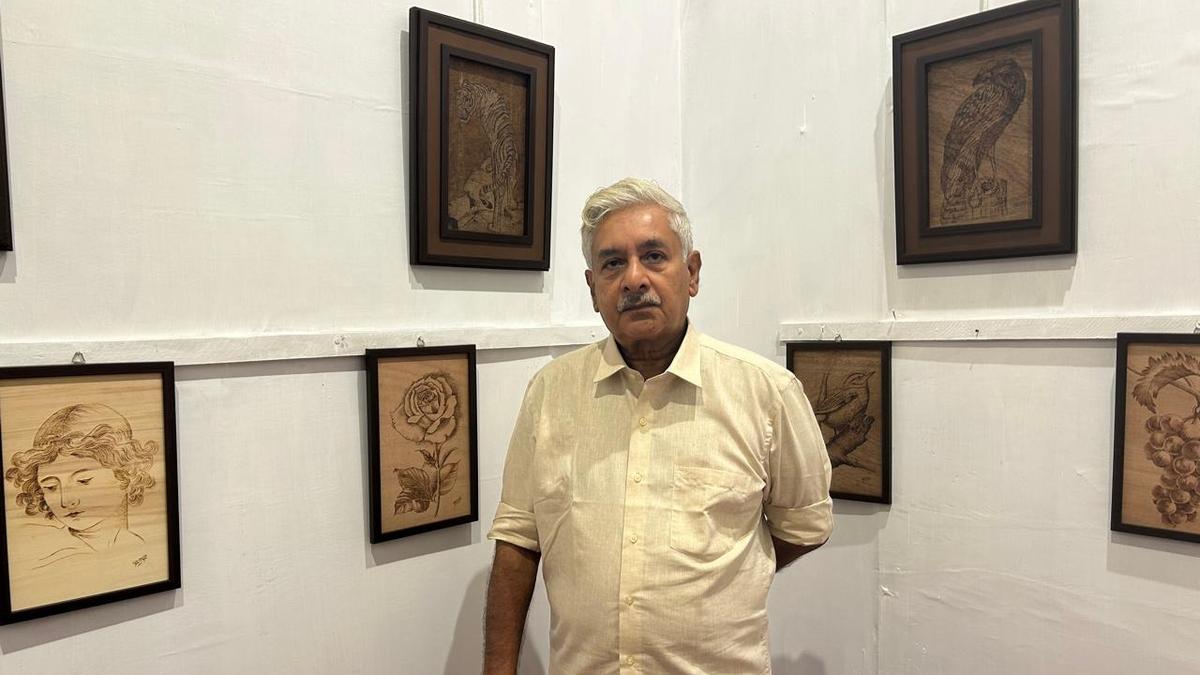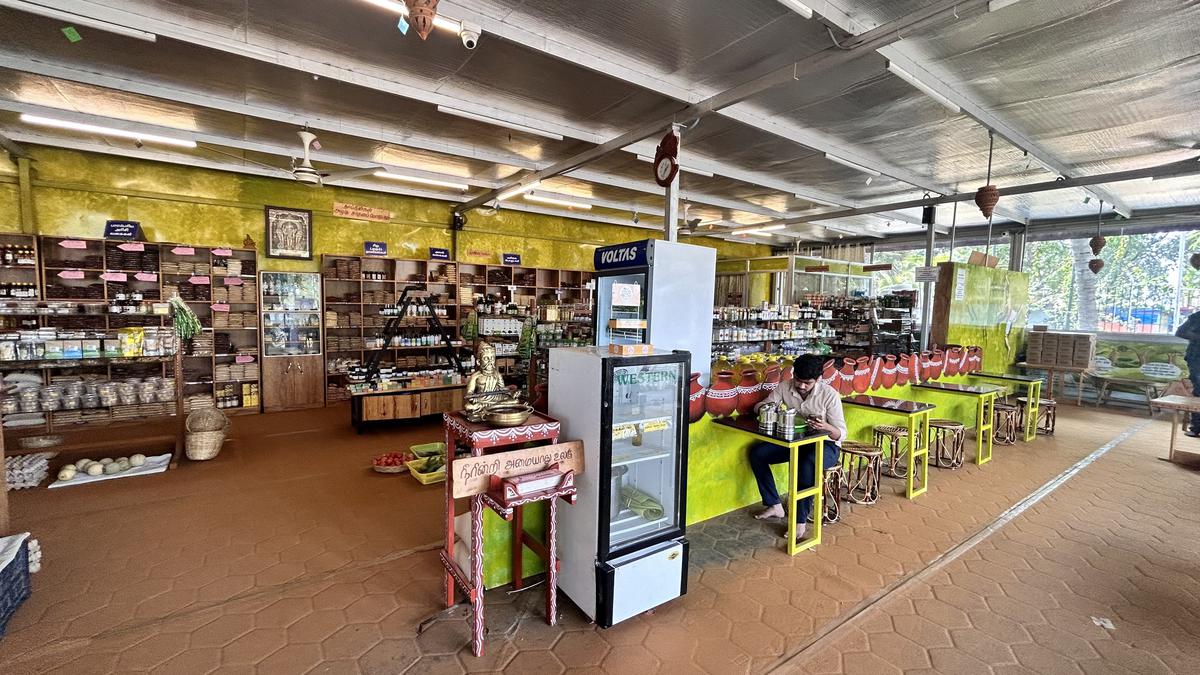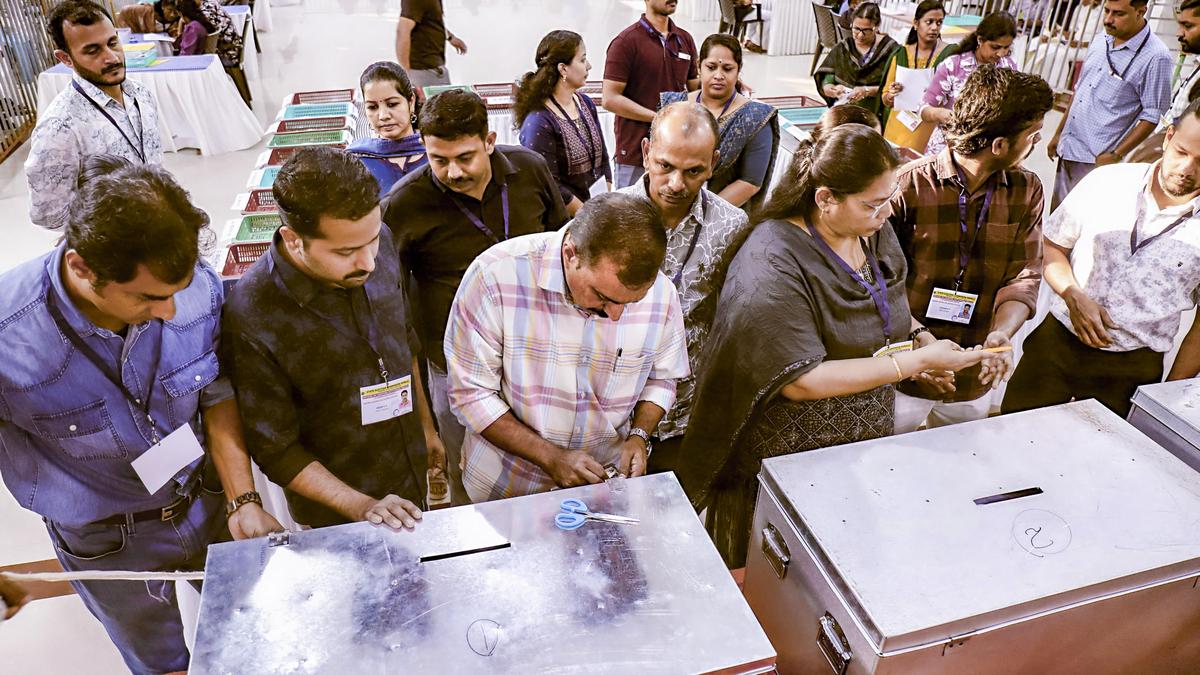Pre-owned, and hand-me-down clothes help consumers make informed and ethical choices about how they consume clothes
| Photo Credit: Getty Images
Indian households have always been an ally for sustainable living. A longstanding example of this is the household habit of buying pre-owned clothes, which now has a moniker: thrifting. By repurposing and sharing clothes, you not only sort your wardrobe and reduce textile waste, but also ease the burdenon your pocket while channelling your inner fashionista. .
Thrifting pre-owned, and hand-me-down clothes help consumers make informed and ethical choices about how they consume clothes. It also helps foster a sense of community by forming a deeper connection with garments and the people behind the creation.
R Hari Balaji, a senior manager of communications at Urbaser Sumeet, a solid waste management project in Chennai says, “By choosing garments made from sustainable materials like organic cotton, hemp, or recycled fibers, one can support eco-friendly practices.”

A customer shops for clothes at a thrift shop
| Photo Credit:
Arivarasu M
Urbraser operates in seven zones (nine to 15) and covers an average of 8.9L households with a 40L population. It also covers 16,621 streets with a staff of 12,000. They collect clothes and rags, and send them to different NGOs, which refurbish and sell them to thrift stores or use them as stuffing in old mattresses or soft toys.
“Becoming a conscious consumer will mean staying away from fast fashion. The best thing to do is to wear and re-wear clothes until they last instead of buying new pieces,” says Kripa Kishore Ramachandran, who worked in waste management and now practices sustainable living by focussing on responsible sourcing, careful consumption, and mindful disposal.
“One should always choose comfort over fashion. The right material will last a long time, and can be worn in different seasons or styles , ” says Ann Anra, the proprietor of Wasted 360 Solutions, a Chennai-based thrift shop and waste management firm.
Wasted 360 Solutions, which operates in Chennai’s T Nagar and in Bengaluru’s Indiranagar. Since 2022, have hosted pop-ups in more than 30 places in Chennai, and in more than 10 places in Bengaluru.
“It is important to make people understand that in order to look presentable, they do not need to invest in fast fashion, ” says Ann.
Kripa believes that it is crucial to educate consumers about the importance of product durability, and that borrowing, reusing, and repurposing clothing is acceptable and sustainable.
Swapping fashion
“Supporting local thrift stores, swapping clothes with friends, and exploring online second-hand platforms are effective ways to acquire new-to-you items without perpetuating fast fashion,” adds Hari.
Sharanya Mohan, an IELTS trainer in Chennai who started thrifting clothes 10 to 15 years ago, thinks it takes two to tango. “People who come to buy, need to spread the word and start taking more ownership and onus about thrifting and those who own businesses need to start making their online presence cool and fun.“
Thrifting also gives an opportunity to make the best out of the waste. For instance, your old t-shirt can be turned into a pretty tote bag, a tablecloth, or a vegetable bag, thus preventing it from going to landfills and giving your t-shirt a second chance.
“As a conscious and responsible citizen, one should stop buying! We can definitely train ourselves to stop giving into the temptation to buy unless absolutely necessary. Buying more from responsible brands or thrifting is not going to help,” says Kripa.
Whether it’s purchasing clothes from thrift stores or opting for brand-new items, the key lies in avoiding excessive hoarding. By embracing the notion of ‘less is more’ through thrifting, you are not only putting your best fashion foot forward; you are also making a sustainable decision by reusing what you already have and donating things that you no longer associate yourself with.







